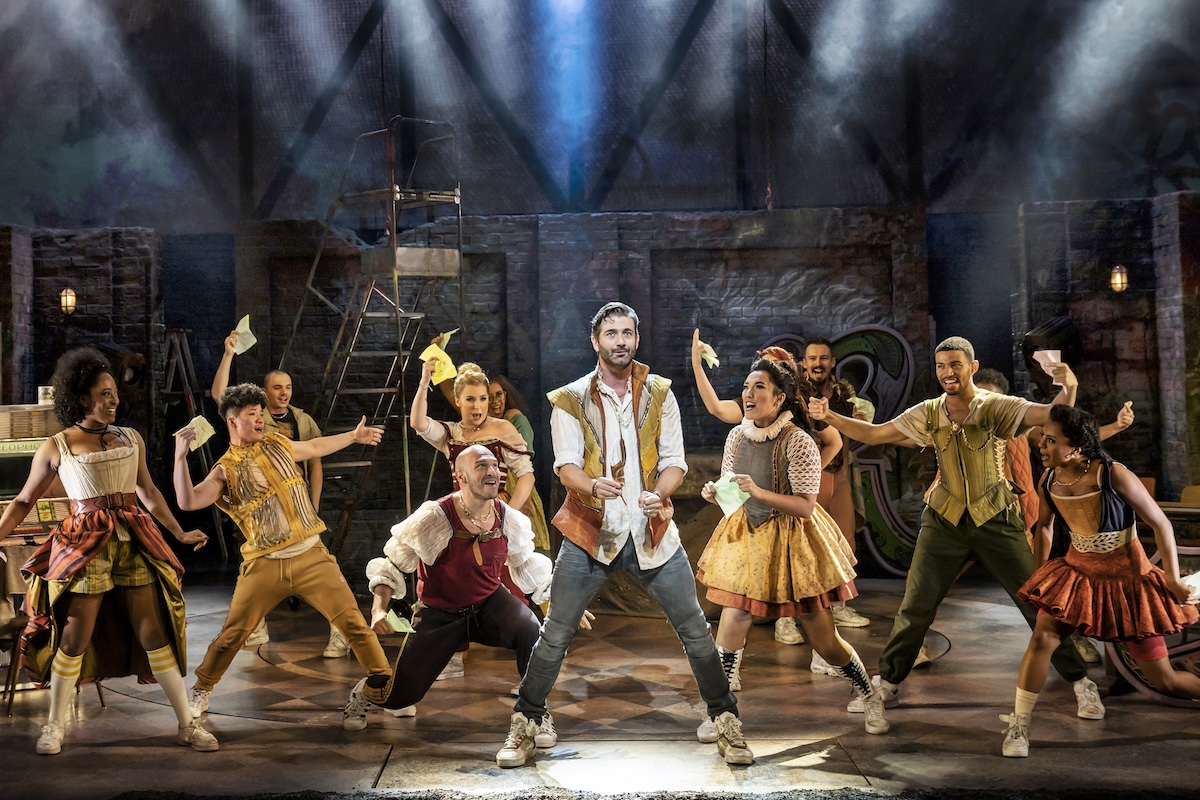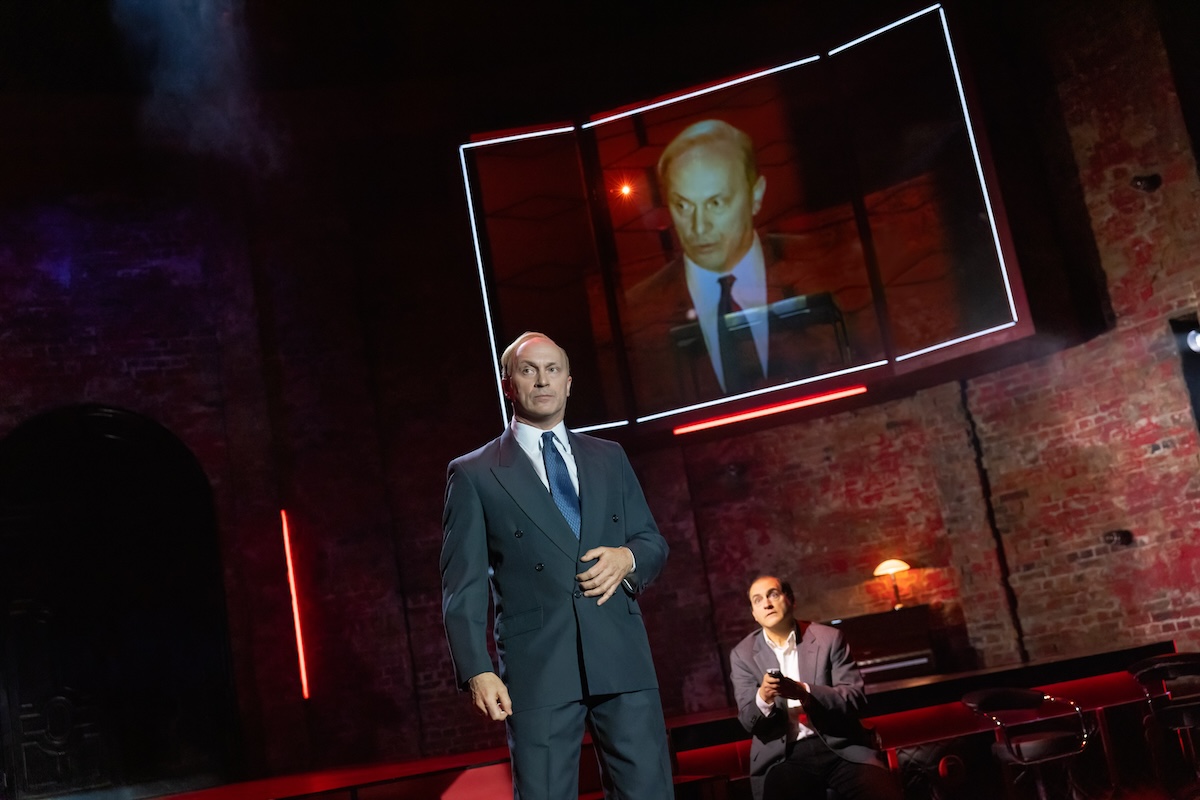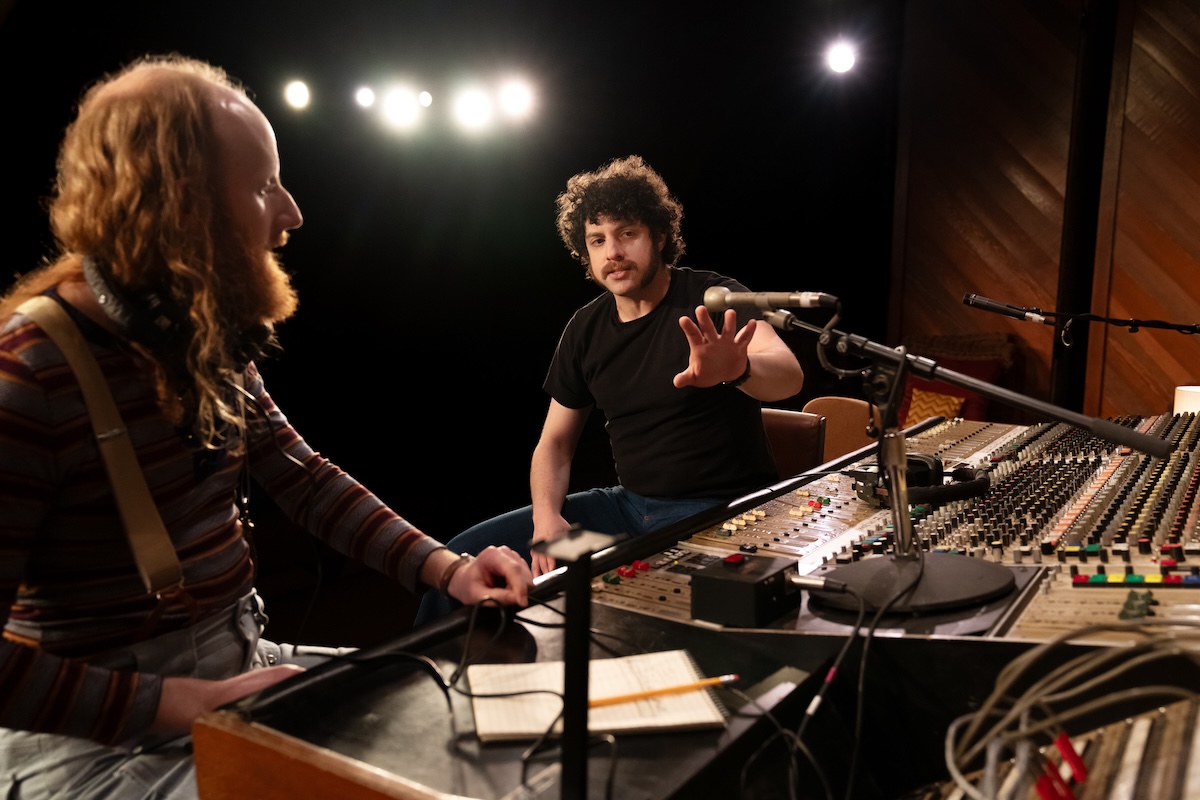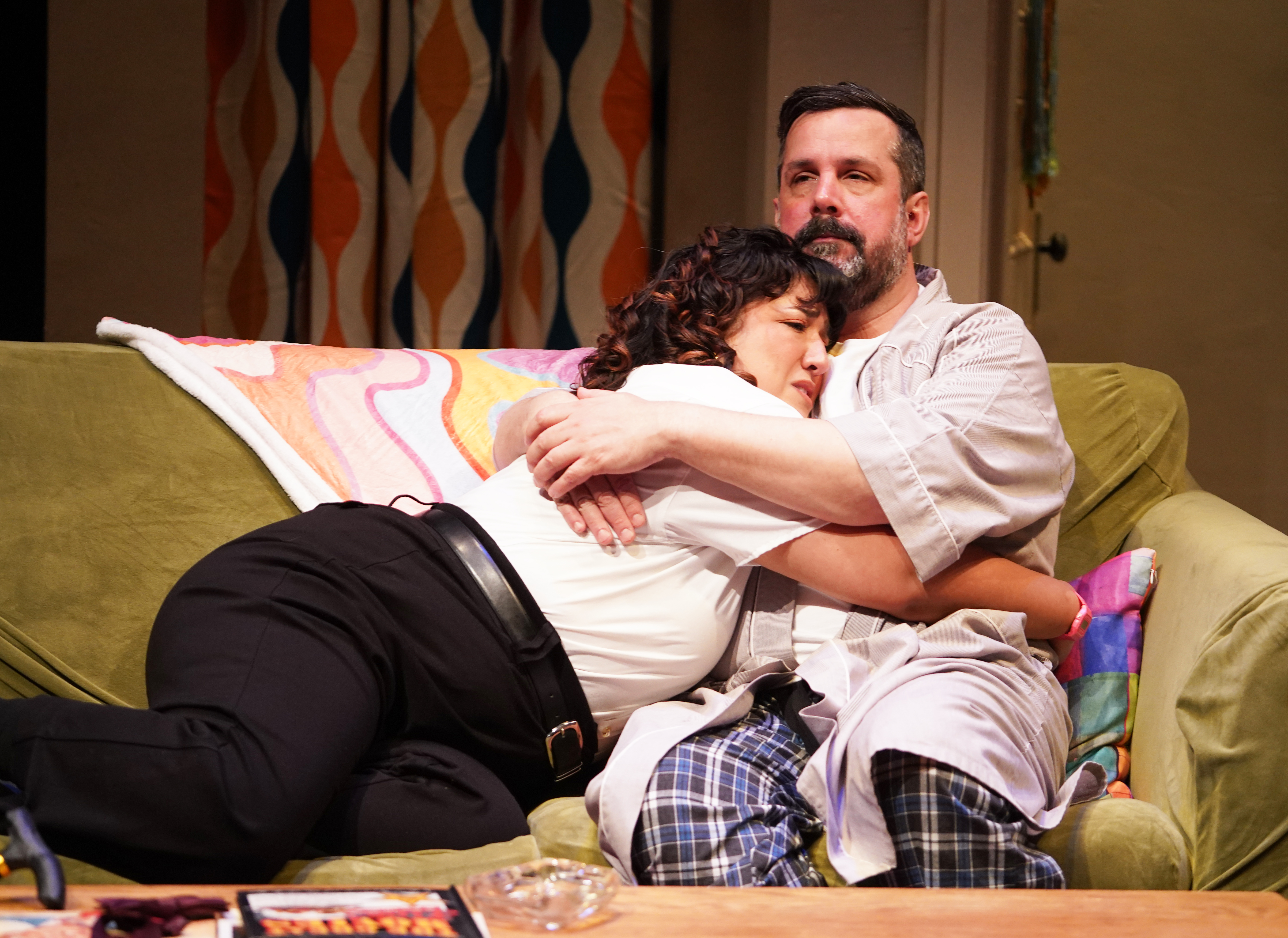Painting the Character
Strokes of brilliance.
An actor approaching a new role is faced with hundreds of questions, methods, actions, obstacles, psychologies, activities, physicalities and discoveries. There’s text-work and research and inspiration found in other performances, and in general the rehearsal process can seem almost overwhelming at times.
I hear the question, in various forms, “when I’ve done some homework on a character, then I get up to play the scene, I have trouble holding onto the work I’ve done. How do I avoid letting that go?” This question, though understandable, belies a basic misunderstanding–because in order to play the scene, you have to let it go.
So what’s the point of actor homework? Well, what it does is inform your work subconsciously. Convenient right? The idea is that by putting some serious time into thinking about it off-stage, on stage that will allow you to be more specific without specifically thinking about the thinking you did before. It’s a little counter-intuitive, and it’s hard to trust that without actually thinking your objective you’ll still be playing it. And sometimes, yeah, you’ll be in the middle of acting and suddenly realize you don’t know what you’re doing at all, and then it’s nice to have something to remind you. But in general, I like to think about not only homework, but the entire rehearsal experience as a process of layering.
Let the extended metaphor begin.
When you begin a serious painting, the first thing you do is prime the canvas, with some sort of base color, just to get it ready to hold the actual colors for the image you’re trying to produce. Then there’s the background, the scenery, the subjects, the detail-work, the highlights and shadows, and whatever else you realize is missing along the way.
Just so, acting begins with the script, the story, the lines and motions as they must be delivered. The text-work and research fills in the background, and the subjects are the building blocks of the character in itself – the movement, the inner life, etc. Each aspect is a layer that, once painted on, can be painted over… and over and over and over. If one layer gets too far buried, it may need to be revisited. The masterpiece allows for all the layers to affect a total sum of complexity and vivid verity.
I like to think of acting in this way because it simplifies the intimidating prospect of having to internalize and remember a thousand things at once into a self-reliant synthesis based on past work. I honestly believe that there’s a lot of truth to it, because how else would truly great performances be simultaneously so simple and so complex? You can’t really get away with just not doing a layer of the character – it will take away some of its dimensionality, just like in a painting. And sometimes you struggle with a particular image while the rest of it remains steady. At the end of the day, the painting you’ve created is an amalgam of all the work you’ve done. But what layers shine through from performance to performance will vary.
To conclude: being fully present in a scene means dropping the paintbrush and trusting that the paint will not drop off the canvas. If a painter can do it, then so can you.










